Looking closely at plants, we can learn a lot – about local habitat, climate, hydrology, wildlife, and soils. For example, succulent leaves indicate that a plant may thrive in sandy soil or endure periods of drought; thorns hint that the plant is selective about who gets access to its fruits; and dark red, bad-smelling flowers suggest that the plant relies on carrion- feeding insects to distribute its seeds.
For thousands of years, people have also used a plant’s appearance to divine its medicinal properties. A broad concept called the “doctrine of signatures” holds that features of plants resemble, in some way, the condition or body part that the plant can treat. So, bloodroot’s scarlet roots could treat diseases of the circulatory system, or mandrake’s resemblance to male genitalia means it could be used to treat infertility. The plant’s common name often speaks to this associative thinking.
The doctrine of signatures has probably existed as long as people have looked at plants. Dioscorides, who practiced and wrote about medicine in ancient Rome, was one of the first to describe a signature in the year 65: “The Herb Scorpius resembles the tail of the Scorpion, and is good against his biting.” Prominent medieval European physicians named the doctrine and developed it further, believing that God included signatures in plants during creation to tell people how to use them. The Italian doctor Guilielmus of Saliceto referred to signature qualities in a treatise on medicinal plants published in 1290, and British physician Thomas Browne wrote in the 1640s that “there are two books from whence I collect my divinity: besides that written one of God, another of his servant Nature – that universal and public manuscript that lies expansed unto the eyes of all.” The Swiss physician Paracelsus popularized the concept in Europe in the first half of the sixteenth century.
Plant signatures were being interpreted on other continents, as well. They are a cornerstone of traditional Chinese medicine, dating back millennia, and ethnographers have documented the concept in a variety of Native American tribes, in traditional communities in Israel, and elsewhere. It is a complex and universal impulse to apply signatures to plants, and this has taken many forms across time and cultures. People have interpreted signatures through the resemblance of a plant part to the organ it treats, the similarity of plant color to the color of symptoms, and by equating plant action to medicinal action (see the explanation for saxifrage below.). The idea has strong foundations in oral history and traditional healing, which can be intensely localized or even individualized.
In every era, the doctrine has had its skeptics. While plants have a cornucopia of medicinal properties, historically assigned signatures very rarely corresponded to them. Herbalists have criticized the doctrine as being a poor stand-in for deeper knowledge of plants and plant medicine. It is notable that, even as the doctrine of signatures gained popularity as a Christian concept in medieval Europe, herbalists and traditional healers were among those persecuted for witchcraft, and their evidence-based knowledge of plants was driven underground. Dutch physician Rembert Dodoens wrote in 1583 that the doctrine “is so changeable and uncertain that it seems absolutely unworthy of acceptance.”
The doctrine of signatures may not hold any medical water, but it generates a fascinating web of stories that point to a universal connection with the plant world. My research turned up citations ranging from oblique references in arcane English to complicated phytochemical analyses. Instead of finding one coherent narrative, it felt like my search turned up echoes of herbal thinkers through the ages, some with massive experience and others just starting out, respected doctors of the time and mothers telling their children to avoid a plant’s bright red berries, whispers around a fire and leaf fragments floating in oil, ready to be tinctured.
Ethnobotanist Bradley Bennett writes that the doctrine of signatures seems to function more as a mnemonic for remembering plants than as a technique for discovering effective plant medicines. So when we see the plant whose roots have red sap, we know it as bloodroot, the same way that we recognize the creepy fruits of white baneberry, or doll’s eyes, and know we are seeing Actaea pachypoda.
How do we incorporate the doctrine of signatures into our current relationship with plants? As I learn about historic signatures, I become a more literate reader of the landscape. Though I won’t be snacking on saxifrage leaves to pass a kidney stone anytime soon, I value how these echoes of human lore and botanical understanding make my walk through the woods richer.
American Ginseng
Panax quinquefolius
Ginseng is an Anglicization of the Chinese word for “man-root” or “man-essence,” and its Latin genus name Panax means “cure-all” or “panacea.” The plant’s signature is easy to divine: its root looks like a man and is therefore thought to aid and strengthen all parts of the body. According to some sources, ginseng has been valued in China for over 5,000 years, and American ginseng has been exported to China since the early 1700s. Today, the price for wild ginseng is around $550 per pound, which helps explain the plant’s relative rarity in North America.
Spleenworts
Ferns of the genus Asplenium
Ferns reproduce by spores, which are produced and held in organs called sori. In many species, sori resemble rows of quotation marks on the backs of fertile fern fronds. In ferns of the genus Asplenium, the sori look like spleens. Spleenworts are small, delicate ferns often found growing on cliffs, ledges, or outcrops; species in our region include wall-rue (Asplenium ruta-muraria) and maidenhair spleenwort (Asplenium trichomanes), pictured. The plant has long been used medicinally and was thought to treat spleen disorders by European espousers of the doctrine of signatures. References also exist for their traditional medicinal use in Hawaii, Malaysia, New Zealand, and India. Pharmacognostic studies confirm that at least some species have medicinal compounds.
Maidenhair Fern
Adiantum sp.
I have long associated this lovely plant with cool, breezy rich forest slopes, but I was intrigued when my research turned up a doctrine of signatures reference from traditional peoples of Galilee in Israel and the nearby Golan Heights. Apparently, this plant has been used for hair problems and to combat fear. Its fronds tremble – perhaps fearfully? – in the wind. The plant was decocted and either drunk or poured on the hair.
Saxifrages
Livelong saxifrage (Saxifraga paniculata) and early saxifrage (Micranthes virginiensis)
Ecologists get excited when we come across cliffs or ledges, because we know that we’re likely to find a variety of small, specialized plants that are able to grow in very little soil, and that often thrive on minerals that precipitate directly out of the rock. Medieval doctors got excited by ledges, too, but for very different reasons: they were seeing a pharmacopeia of kidney medicines. It was thought that plants that could “break” rock in order to grow could also be useful in breaking apart kidney stones. Italian physician Guilielmus Saliceto wrote a treatise on kidney treatments in 1290, and he used the term saxifrage to refer to a variety of plants, including those in the modern genus Saxifraga, the alpine plant Dryas octopetala, and ferns in the genus Asplenium (more on those below). The word Saxifraga derives from the Latin saxum (rock) and frangere (to break). The purported kidney application may also have come from the European species Saxifraga granulata, whose small granular structures resembled kidney stones. The genus has some interesting North American species, including early saxifrage (Micranthes, formerly Saxifraga virginiensis) which grows commonly on ledges and exposed rock and may provide essential food to support blueberry-pollinating bees outside of blueberry-flowering season. Even more apropos to the genus name, livelong saxifrage (Saxifraga paniculata), pictured, grows on calcium-rich rock and secretes dissolved lime through pores ringing its leaves. If you’re hiking to see it in the boreal outcrops of our region, bring plenty of water to help head off any kidney troubles.
Dandelion
Taraxacum officinale / other species worldwide
Dandelions are eminently adaptable. Native to Europe and Asia, they’ve dispersed and settled easily across the world’s varied landscapes, and have been incorporated into most medicinal cultures, from the deserts of India, to Mexico and the Peruvian Andes, the mountains of Turkey, and the forests and clearings of native North America. Tenth-century doctors in the Middle East mentioned dandelion as a liver and spleen treatment, and the genus name combines the Greek taraxis, “inflammation,” with akeomai, “curative.” Another French moniker is pissenlit, “bedwetter,” referencing the plant’s traditional use as a diuretic and also one of its signature properties: the stem yields a liquid when broken. Dandelion’s yellow color was also thought to signal its efficacy for jaundice and other liver disorders. Traditional Chinese medicine applies the doctrine of signatures slightly differently: it asserts that plant roots can be used to treat internal ailments while the above-ground flowers, leaves, and seeds can better treat external conditions, such as upper-respiratory problems. The scientific literature supports these and many other powers of dandelion: some sufferers of inflammation, cancer, diabetes, allergies, liver disorders, blood clots, and, yes, urinary troubles have found relief in this ubiquitous plant. Yet despite an English common name that derives from the French dent-de-lion, “lion’s tooth” (referencing its serrated leaves), I could find no mention of its use in feline dentistry.
Hepatica
Hepatica acutiloba, Hepatica Americana
For centuries, people have turned to this small rich-woods perennial with hopes of healing hepatic (liver-related) ailments. Its lobed leaves turn purplish as the season progresses, and so in color as well as shape resemble the lobes of the liver. In the late 1800s, gatherers combed the mountains of the southern United States searching for hepatica leaves to sell to purveyors of patent medicines such as Dr. Roder’s Liverwort and Tar Sirup, and Beache’s Vegetable Syrup. Medicine-makers bought around 450,000 pounds of hepatica leaves in 1883 alone. As consumers failed to see results, these medicines gradually ceased production and hepatica populations rebounded. It remains a fairly common early spring wildflower in rich or limey woods.
Jack-in-the-Pulpit
Arisaema triphyllum
Few plants are as odd and recognizable as Jack-in-the-Pulpit. Its flower-bearing spadix (Jack) sits enclosed in a sinuous, petal-like spathe (the pulpit). It seems to have inspired a variety of religious imagery in early European settlers, who couldn’t decide if it signified good, evil, or just the ridiculousness of the church as an institution: in addition to naming pious Jack, the plant has been called devil’s ear and priest’s pintel, or penis. At least one source from 1778, possibly referencing that last name, records its use for urinary tract or bowel problems. Other names for this common plant include brown dragon and dragon-root. Irritating calcium oxalate crystals in its root, or corm, caused painful stinging when handled raw. Following a different interpretation of the signature concept, this stinging was thought to be effective in treating painful boils and bites, including snake bites. Rafinesque (1828) reported that this plant was said to kill snakes, and that Native Americans were said to be able to handle rattlesnakes after “wetting their hands with the milky juice of this plant.” A 1928 ethnography of the Meskwaki tribe describes it being applied to snake bites. It’s not clear whether the dragon names reference this particular use, or are describing the serpentine appearance of the “pulpit,” or both.
Upland Boneset
Eupatorium perfoliatum
There is still no cure for the common cold, but an effective herbal remedy may be growing in a wet meadow near you. Boneset’s signature is instantly recognizable: its opposite leaves fuse around the stem, like broken bones knit back together with a scar. Only vague accounts hint at the plant’s being used to heal fractures, though; more references cite its use in treating fever, flu, and cold. The nineteenth century botanist and scholar Constantine Rafinesque wrote in 1828 that the common name derives from boneset’s use in treating “breakbone fever,” or dengue fever, a mosquito-borne illness whose symptoms include intense bone pain. A bitter tea made from the leaves apparently had curative effects. Millspaugh wrote in 1892 that “there is probably no plant in American domestic practice that has more extensive or frequent use than this. The attic, or woodshed, of almost every country farm house, has its bunch of dried herb hanging…ready for immediate use should some member of the family…be taken with a cold.” More contemporary scholars and studies have, in fact, found that boneset has some effectiveness in treating fevers. Another common use of boneset, also called thoroughwort, was to promote bowel movements, and the stem growing “through” its fused leaves can also represent this action.
Common and Glossy Buckthorn
Rhamnus cathartica (pictured) and Frangula alnus
As we wring our hands over the invasive growth of these small trees, it may be helpful to consider the value of buckthorn in other cultures. Buckthorn’s inner bark/sapwood sports an intense yellow hue and it, along with the plant’s unripe berries, yields a yellow dye. Accounts exist of people boiling the bark in ale to treat jaundice (a liver disorder that makes skin turn yellow), and people in the Israeli regions of Samaria and Galilee have reported that drinking a decoction of the bark has been used to treat hepatitis.
Common Milkweed
Asclepias syriaca
Break a stalk or leaf of milkweed and sticky white sap oozes out. This plant and others in its genus have been used by people on both sides of the Atlantic for millennia. Milkweed’s sap and soft, flossy seeds have long been used to dress wounds; many parts of the plant are edible with some preparation; stem fibers have been used for cordage; and the silky seed floss has traditionally been used as a mattress and pillow stuffing and even, in World War II, in life preservers. In some places, milkweed pods are still worth about 55 cents a pound. The plant also has been used to stimulate milk production in new mothers. Ethnographer Frances Densmore spent time with the Chippewa tribe and reported in 1928: “During confinement [after childbirth] take half a root, break it up, and put it in a pint of boiling water, let it stand and get cold. Whenever a woman takes any liquid food, put a tablespoon of this medicine in the food. This remedy was used to produce a flow of milk.” Its leaves have been used as a female contraceptive by Native Americans (sometimes decocted and taken internally, sometimes applied externally). Conversely, monarch butterflies use the plant to improve reproductive success. Monarchs become toxic to predators by feeding on the poisonous white milkweed sap.





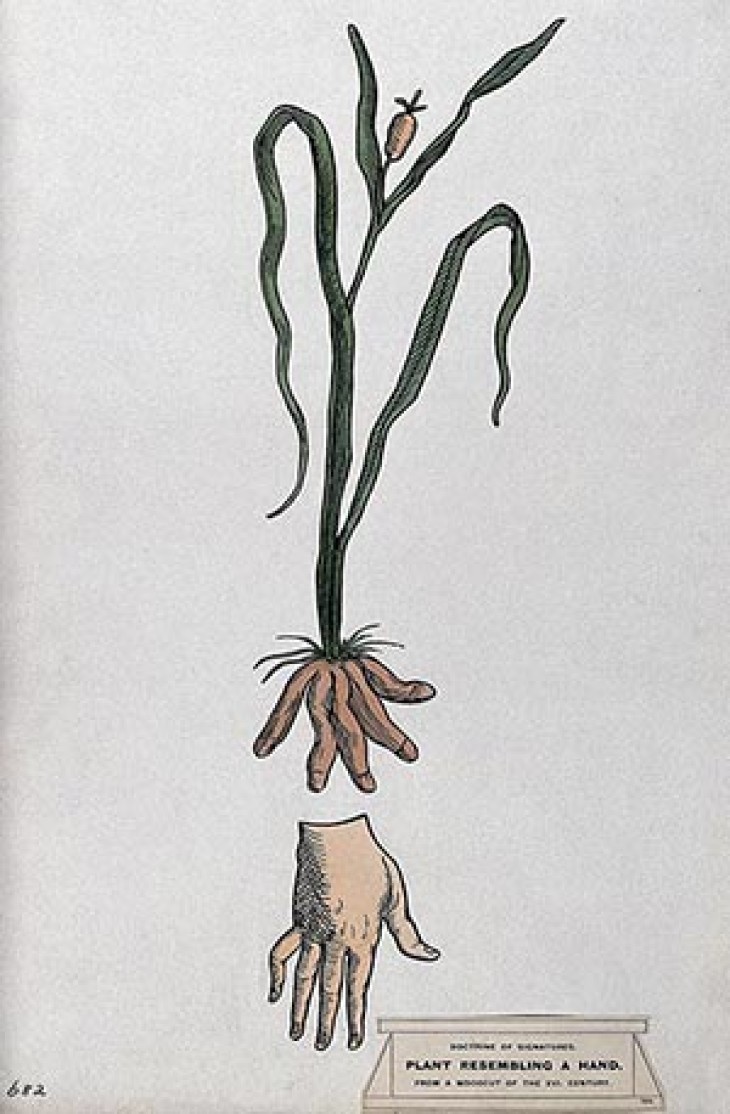
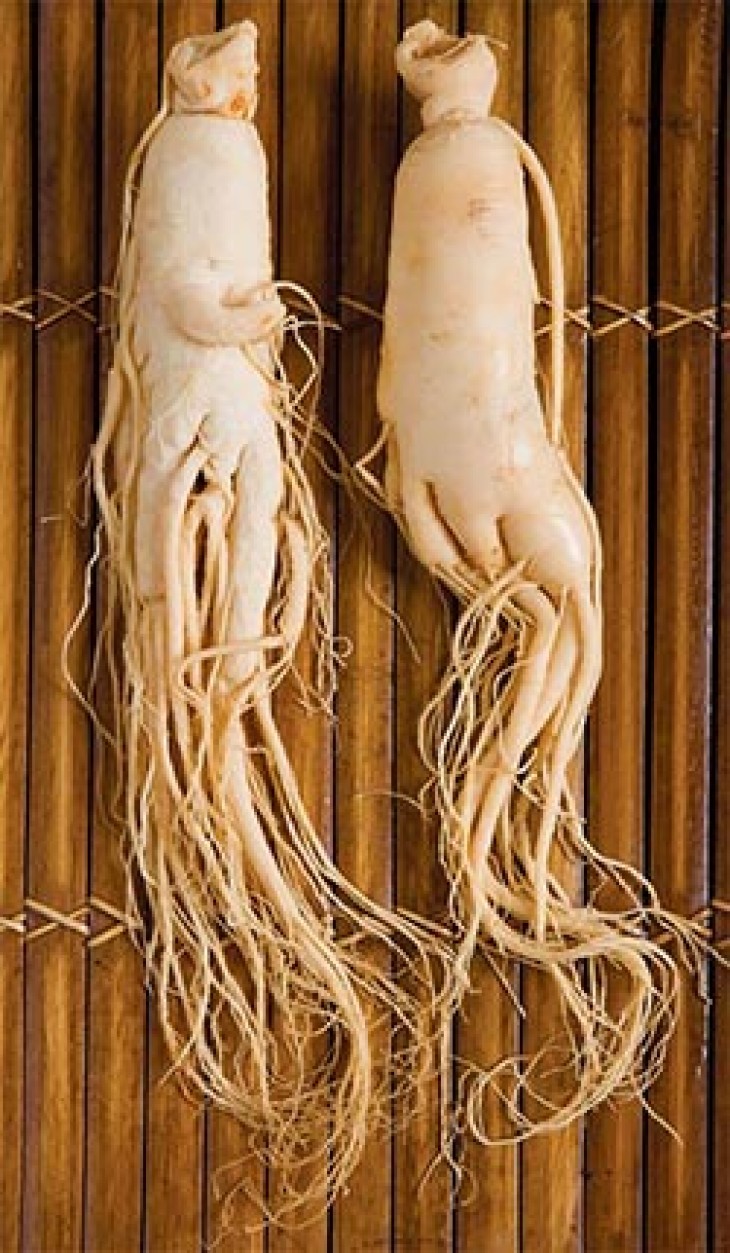

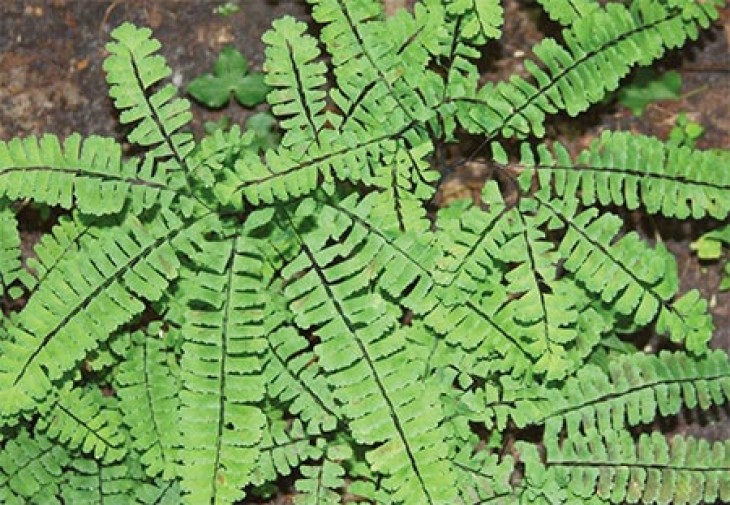
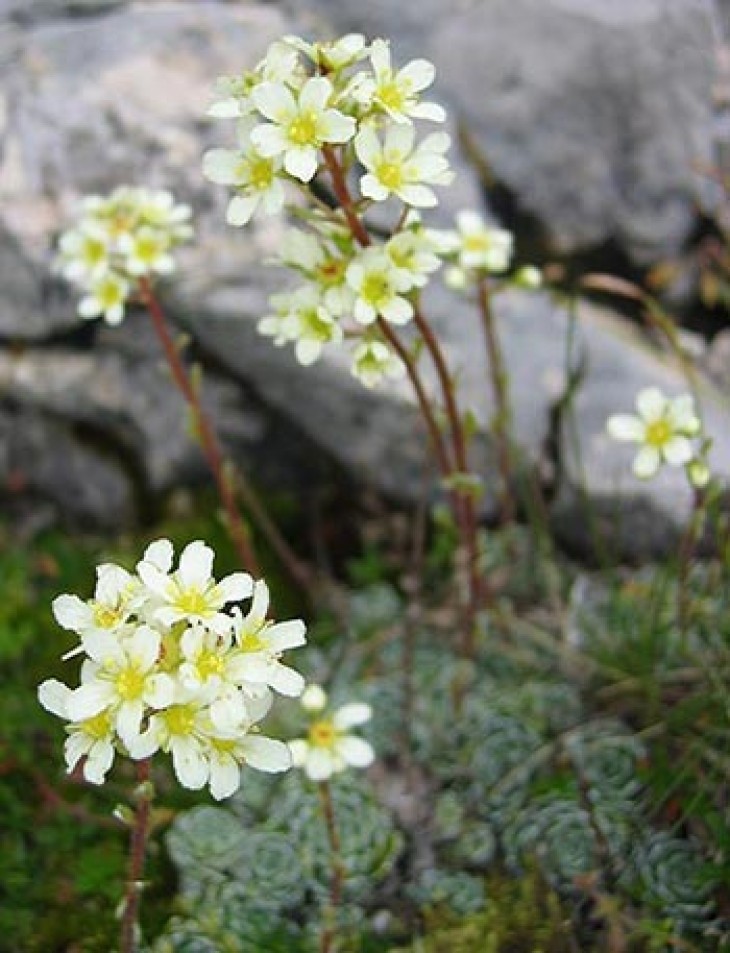
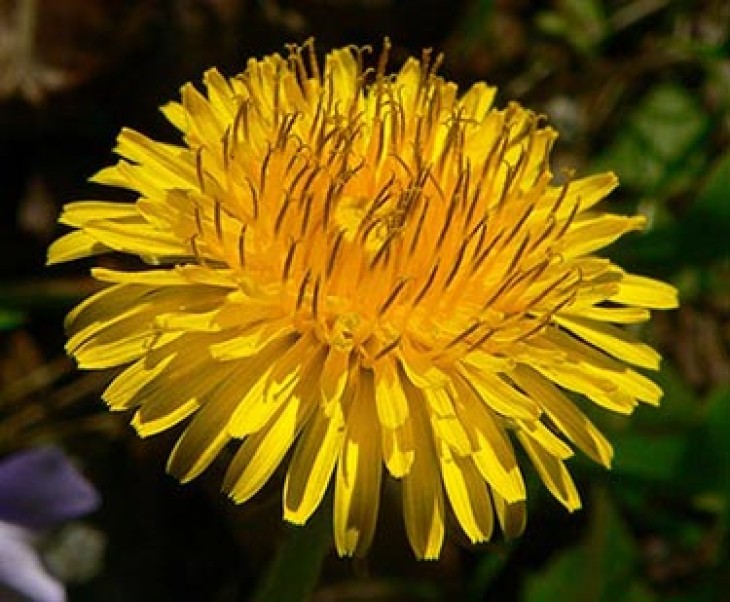
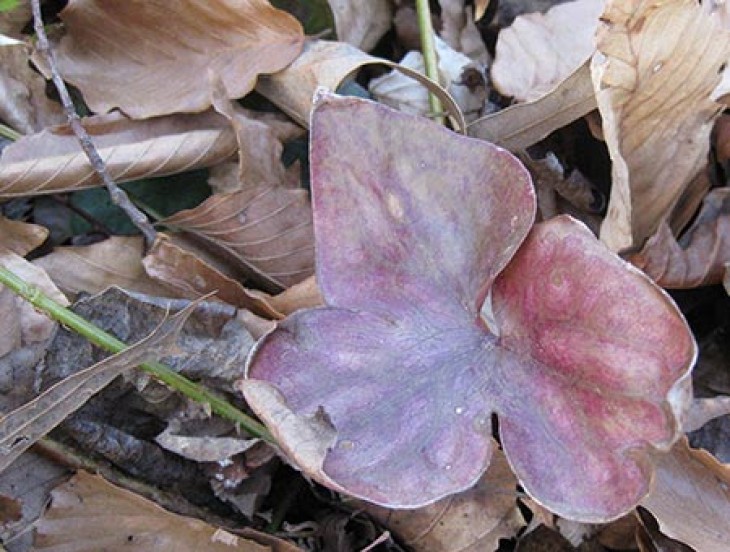
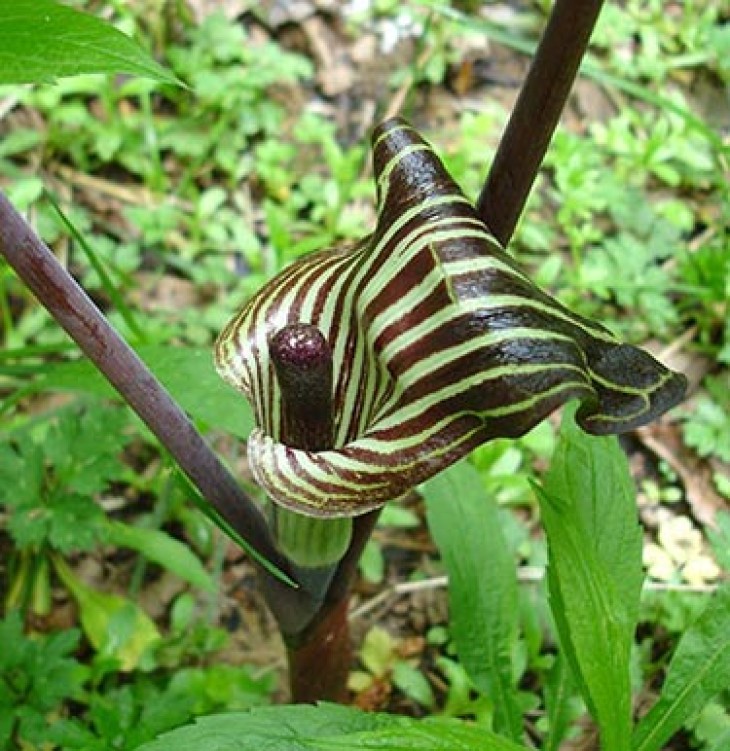

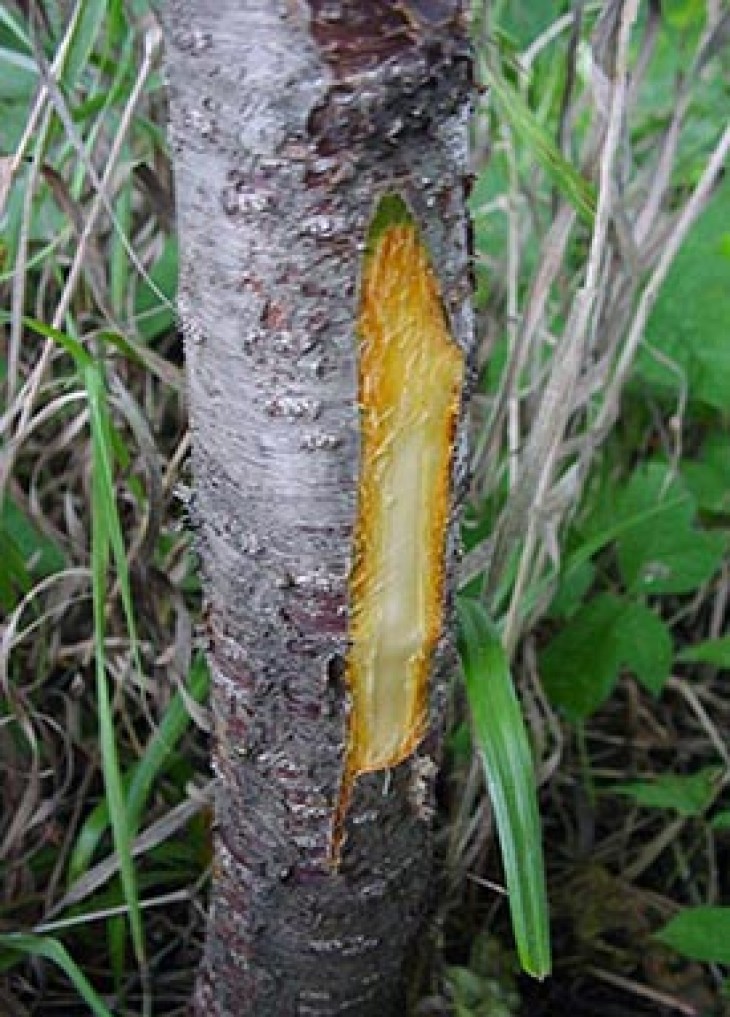
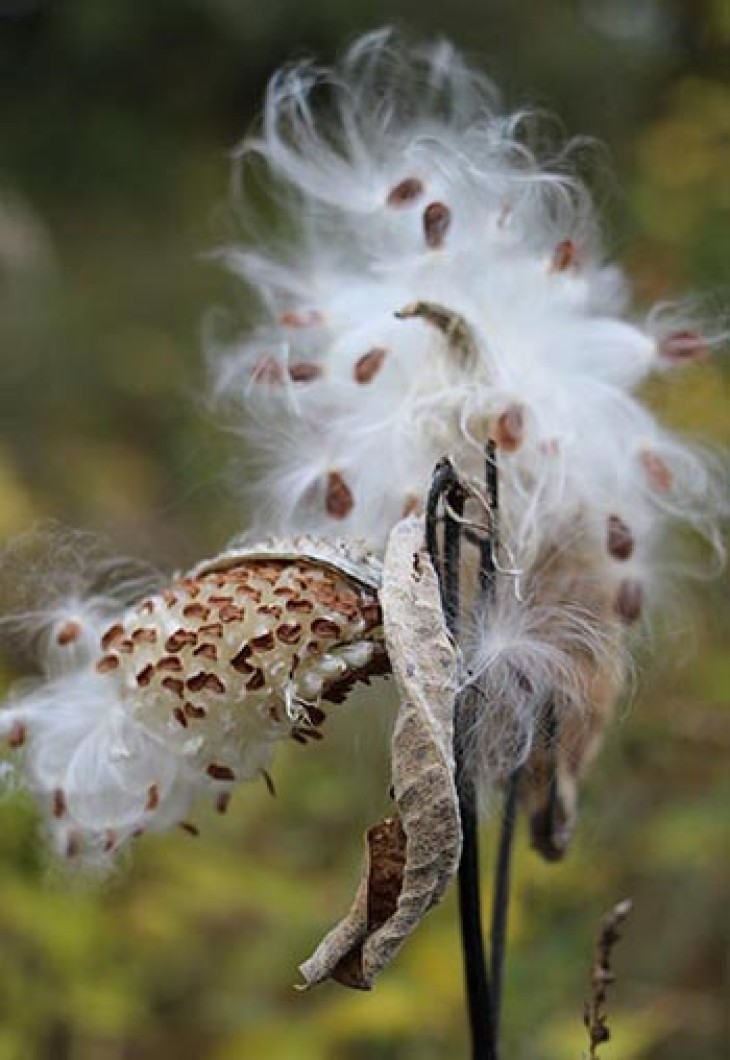
Discussion *